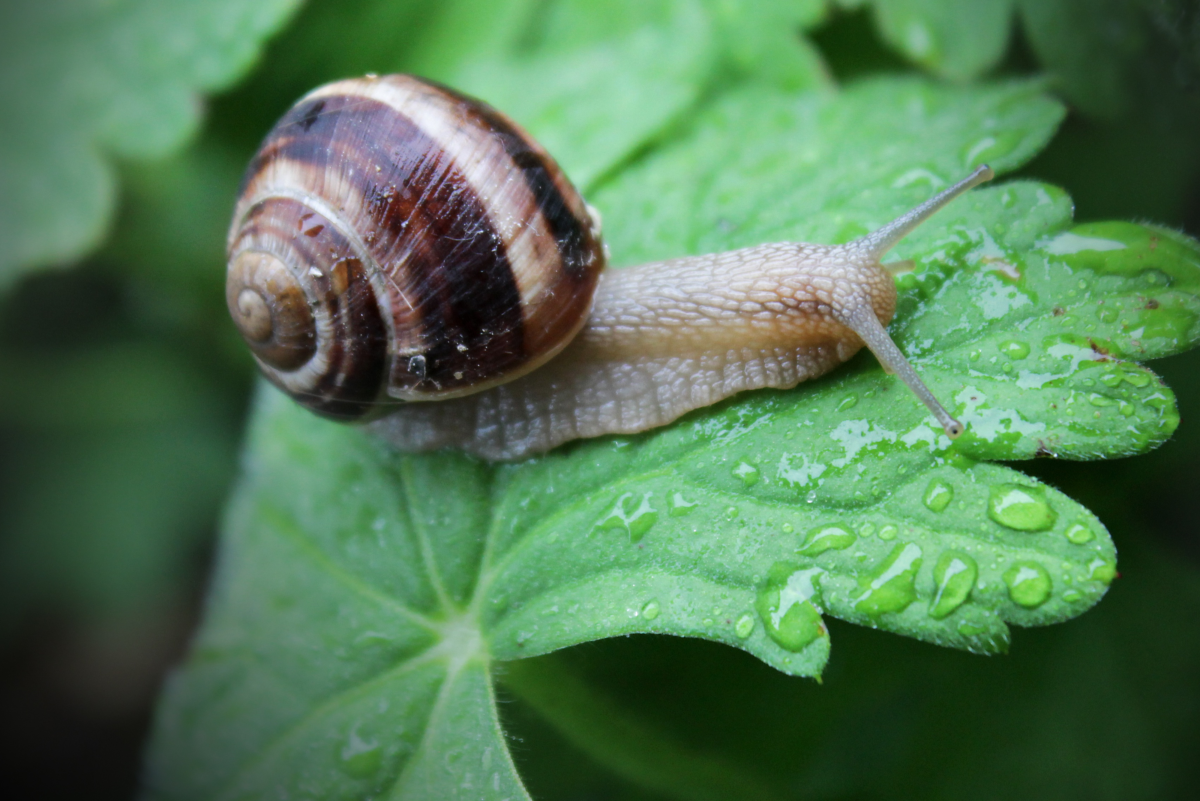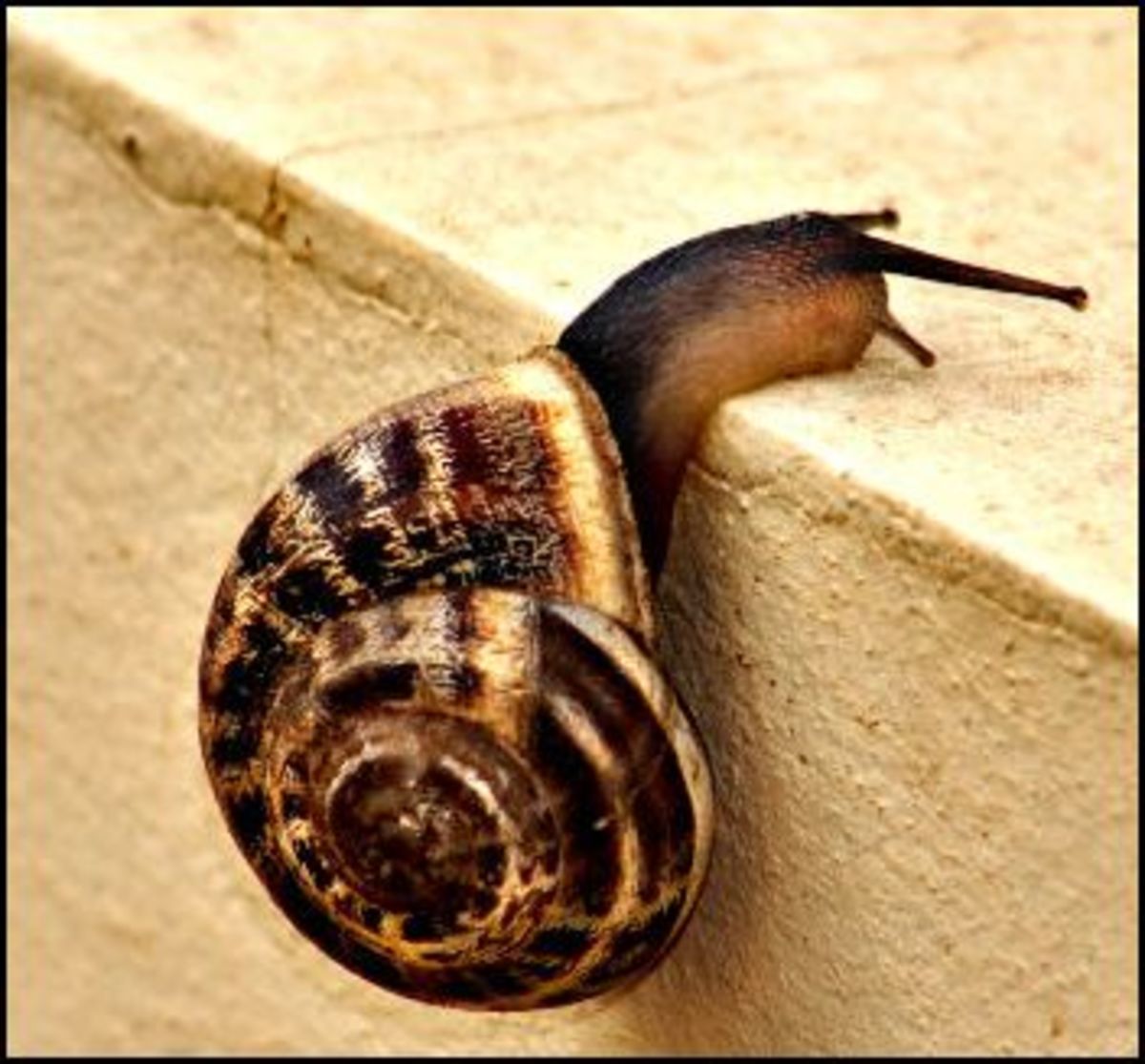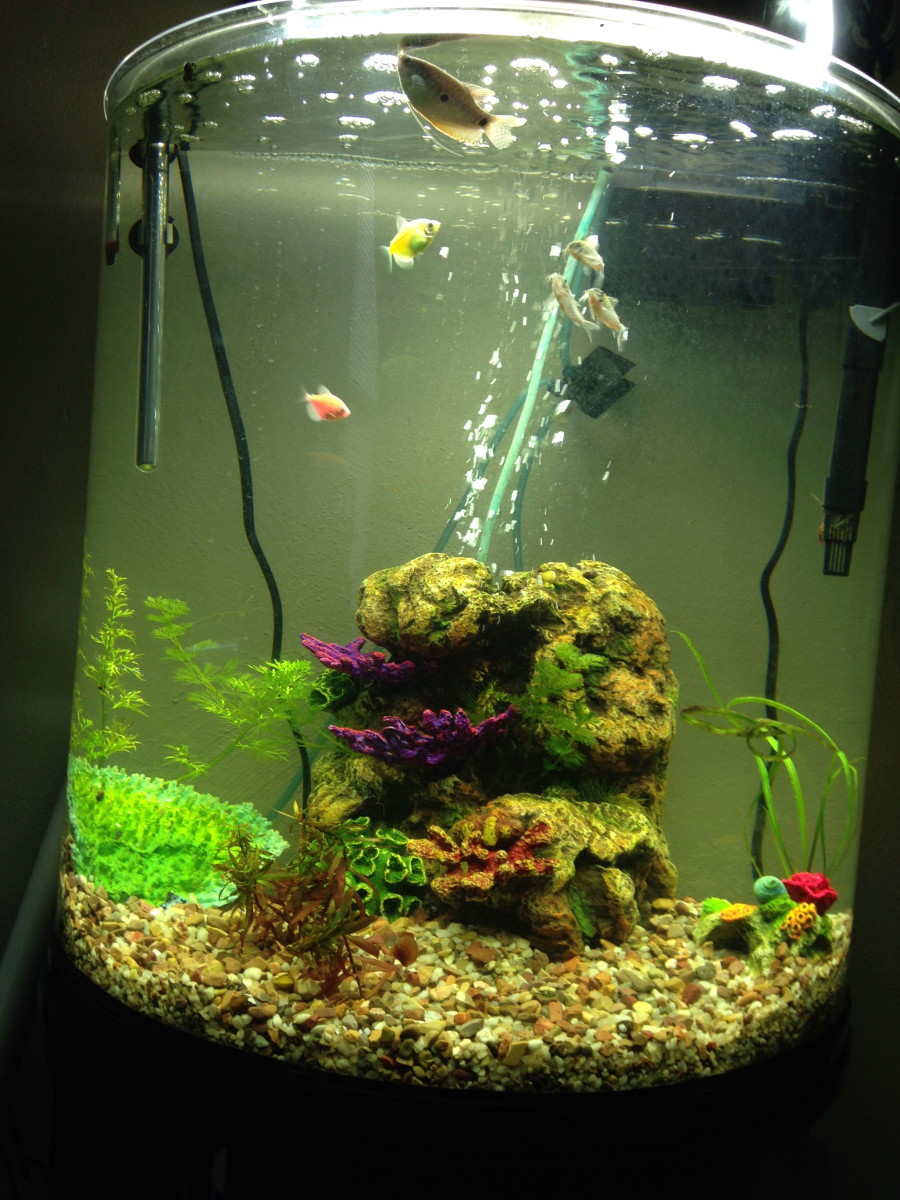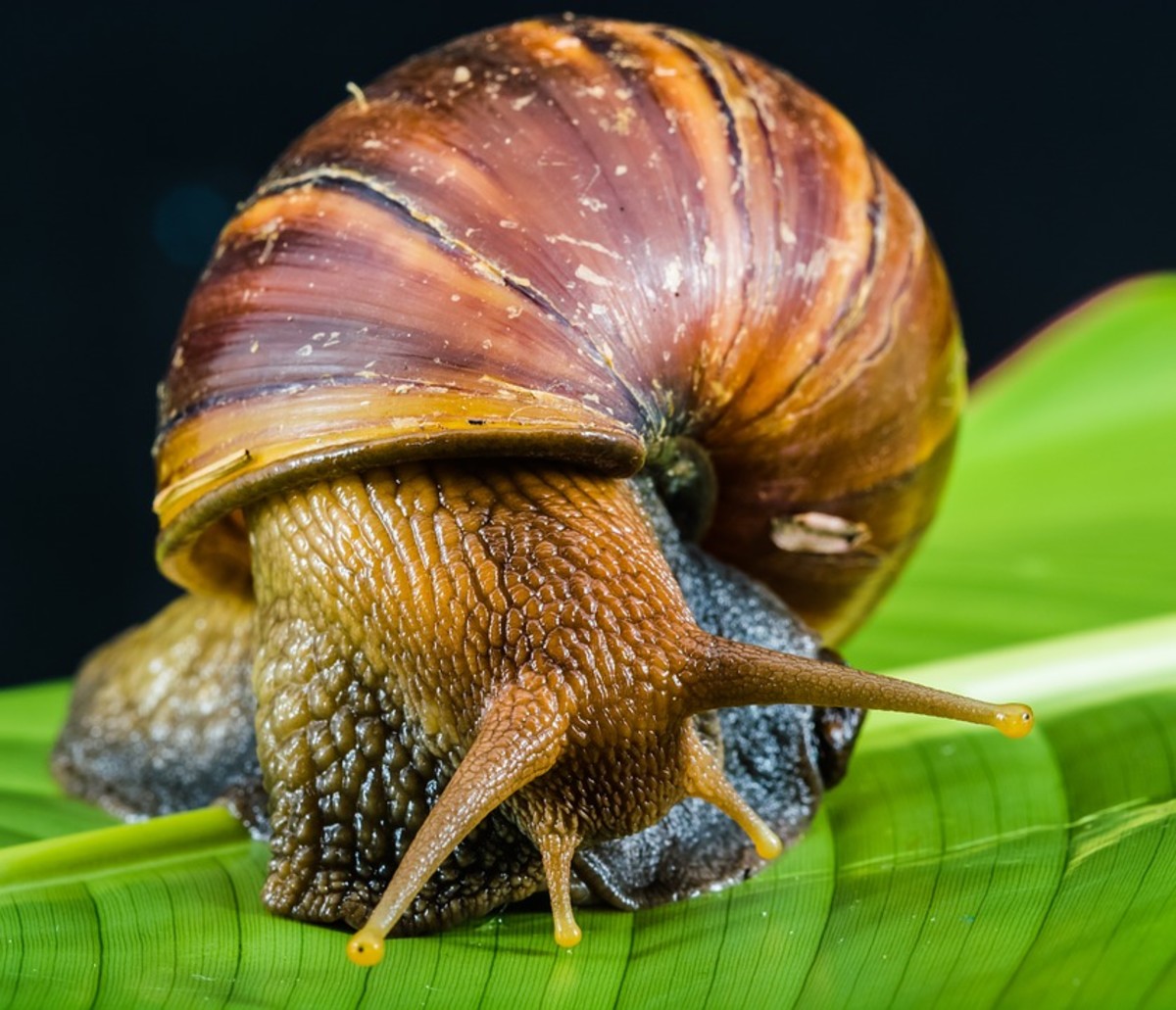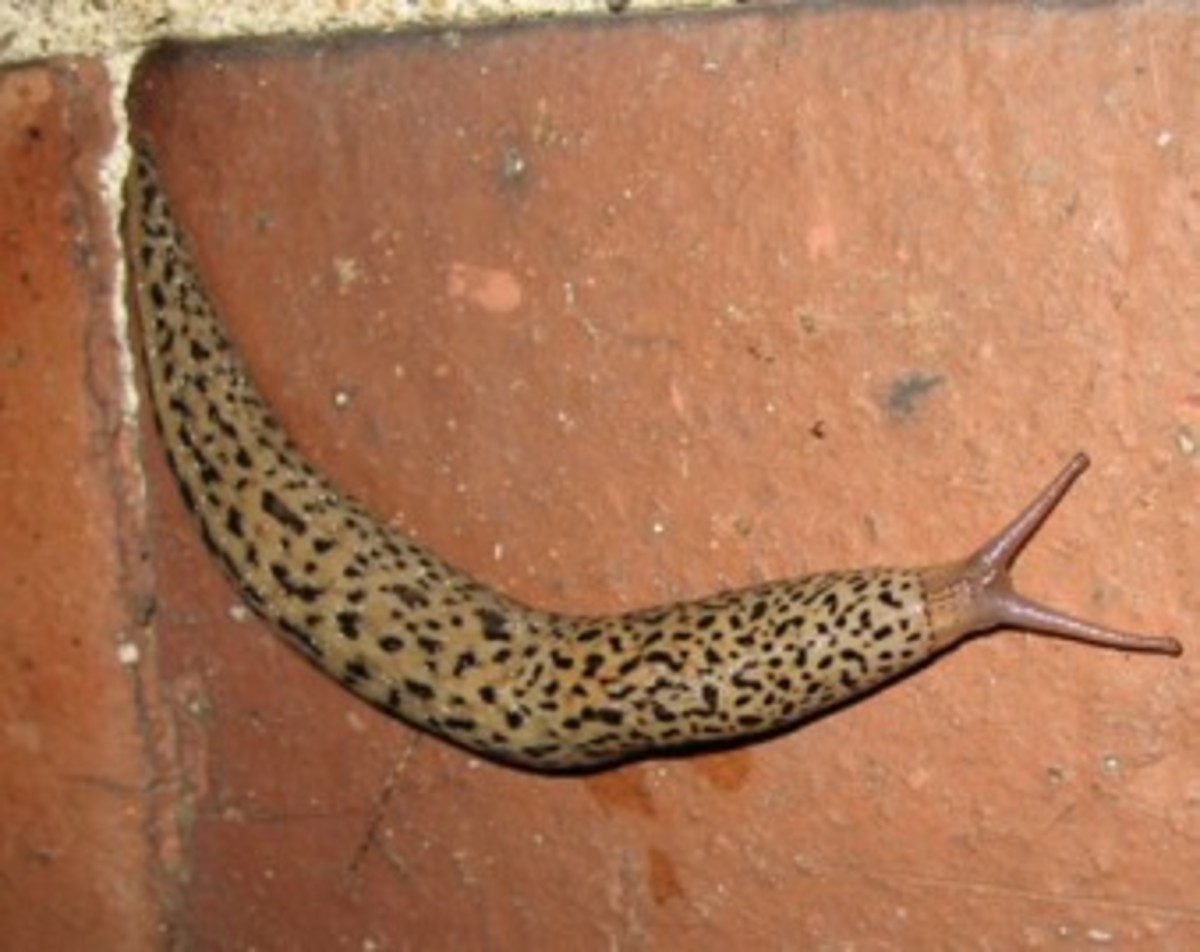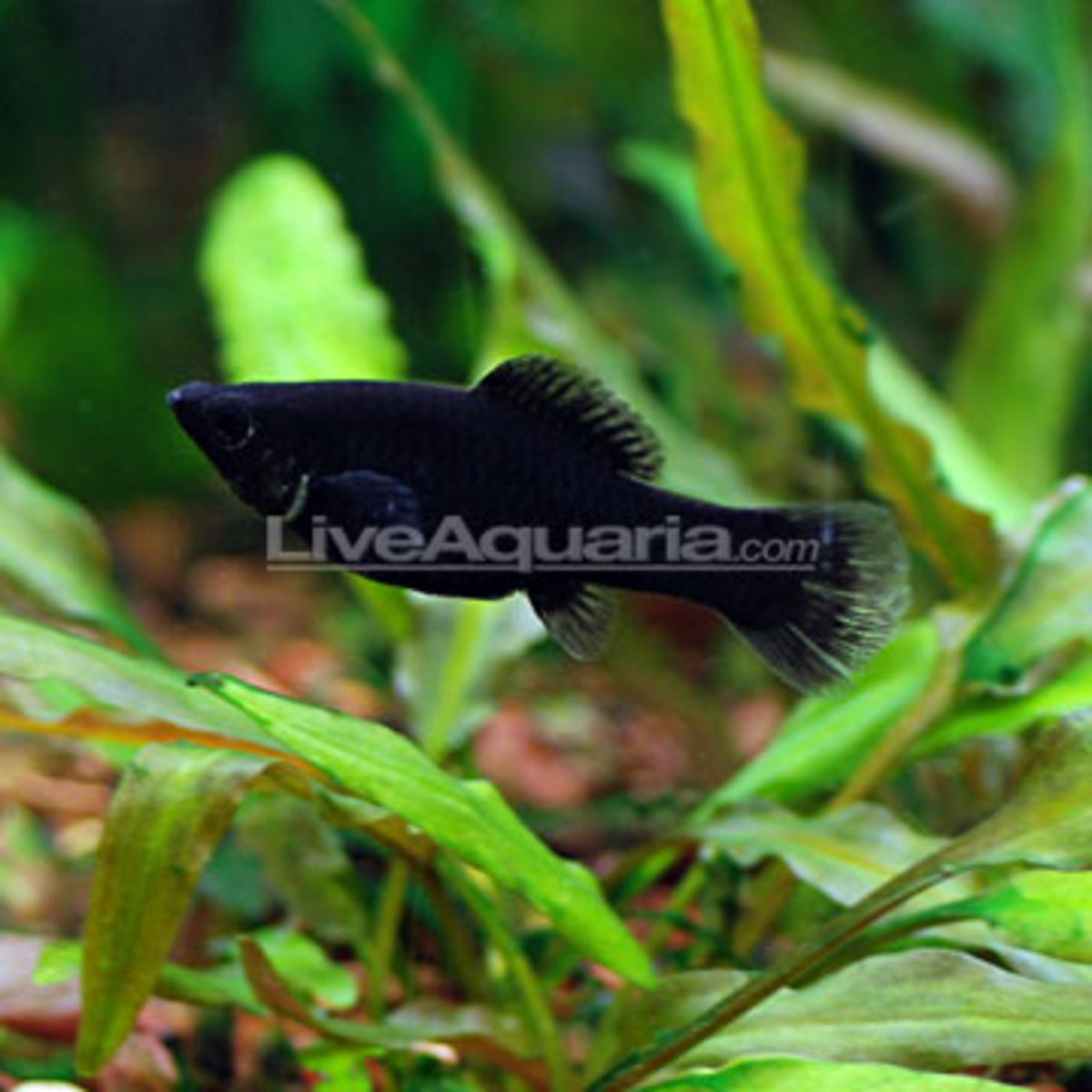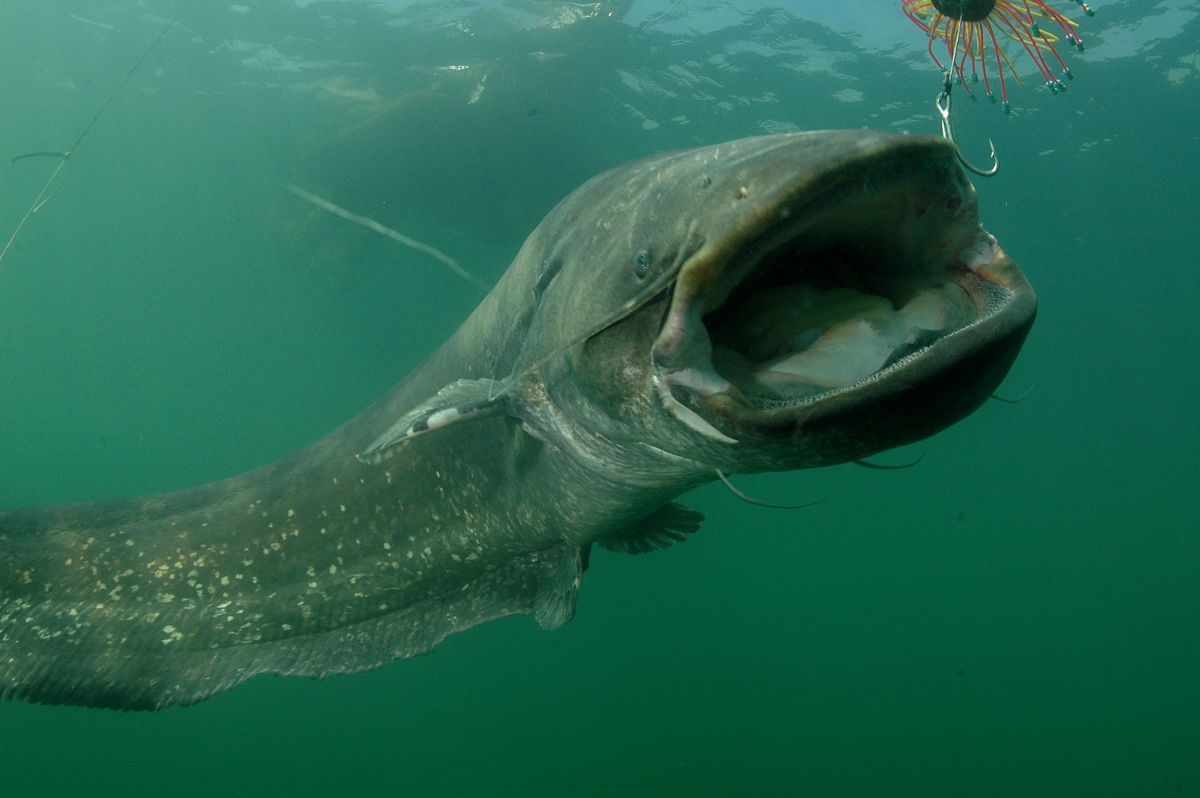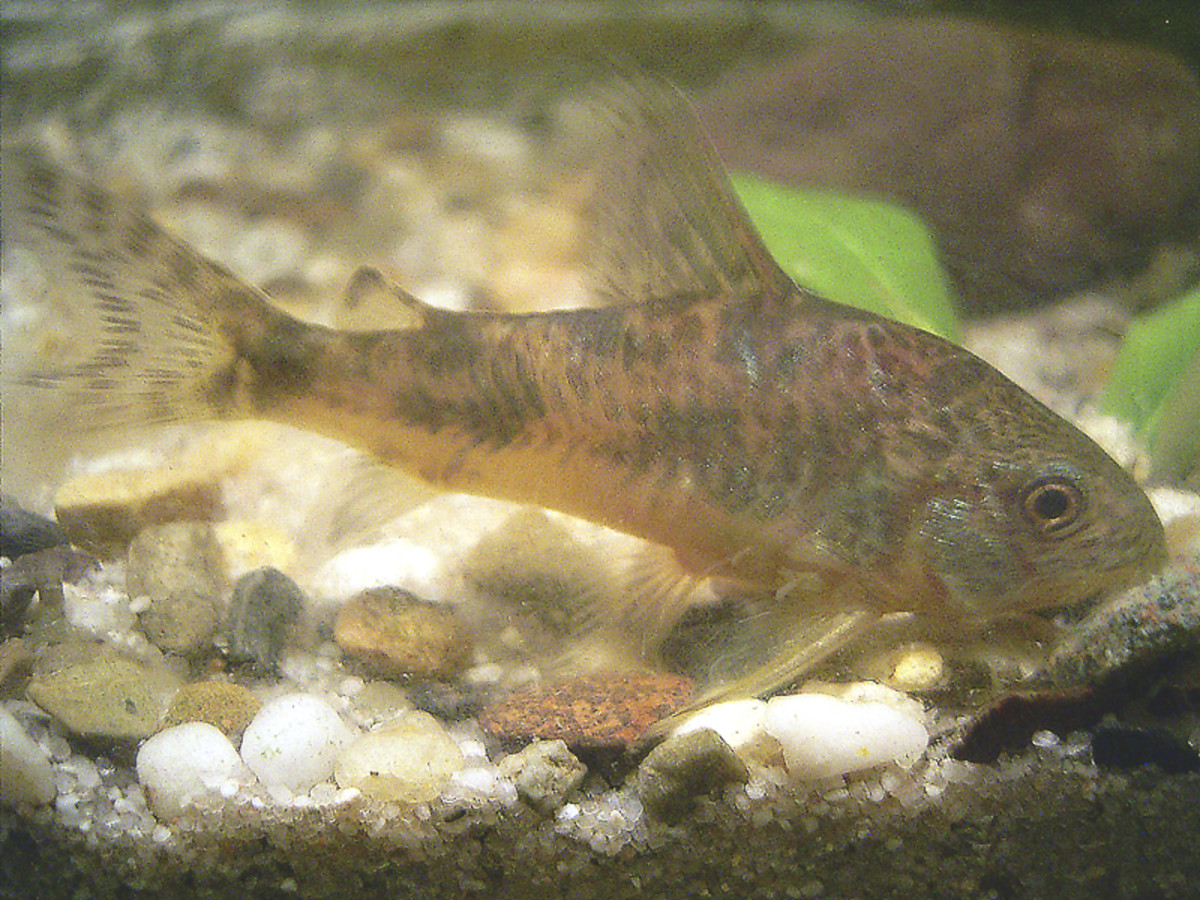- HubPages»
- Pets and Animals»
- Tropical Fish & Aquariums»
- Freshwater Aquarium Animals»
- Freshwater Aquarium Invertebrates
Slugs and snails

Slugs and snails are an absolute menace in the garden as these voracious wee beasties, or not so ‘wee' sometimes - I have seen some absolutely humongous ones - can literally decimate your beautiful garden overnight.
They have appetites like nothing else on earth except maybe that of another nightmare event, a plague of locusts! Controlling them, unless you resort to poisonous sprays, pellets and the like, is far from easy, but if you dedicate yourself to the task then a reasonable level of control can be achieved in a given time.
Let's take a look at those shell-backed menaces, the snails first. A snail can live for a period of seven years and have about 100 young ones each season which means, if my mathematics is correct, that if you have only one snail this season, you can have 100 next time and a horrifying 7,000 the following year and after that......!
Snails generally appear during rainy or otherwise damp periods of the year, hibernating during the cooler seasons. They tend to hibernate in cracks in concrete paths, underneath earthenware, plant pots or garden ornaments such as bird baths, along the bases of walls and in the soil itself, particularly the soil directly underneath protective shrubs and other large plants.
The young ones are so tiny that, until they have had a feast or two on your tender young seedlings, you really need a microscope to see them.
One organic method of snail control is simply to wander around the garden on a snail patrol armed with a pair of rubber gloves and a bucket simply picking them up without flinching, and tossing them into the bucket. You have to keep an eye on them as they are always extremely determined to climb straight back out.
- Some Great People Who Were Not Considered Great
The secret of life," as Paulo Coelho puts it ,"is to fall seven times and get up eight times." Success requires determination and never-wavering self-confidence. It does not matter what the world says about you, it is you who have to be perseverant,
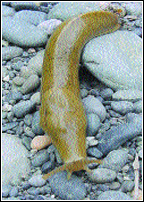
Meanwhile someone should be on duty boiling a kettle of water in the kitchen as when your bucket of snails starts getting a little heavy then it's time to pour boiling water on the monsters, before tipping the entire mess onto your compost heap. Quite unexpectedly they really do squeal at this juncture which comes as a bit of a shock if it is your first experience of this rather unpleasant task, so be warned!
Also be prepared as they do pong, very strongly for a couple of days or so, therefore, I hope your compost bin is well away from the house, not too close to the neighbours' either or else they are sure to imagine that you have committed a murder when in fact it was a mass murder most foul!
Another simple method of catching snails, and one which you may very well prefer, is setting out baited traps for them. Many people are under the impression that such traps must be baited with beer but this is not correct at all. It is actually two of the ingredients of this alcoholic beverage which the snails just cannot resist - yeast and sugar.
Traps can be made out of almost anything which holds water but I recommend the bottom half of plastic mineral water or soft drink bottles. The upper halves can come in useful, minus their tops, as individual protective cloches for tender young seedlings. I say minus their tops because if you leave them on then the enclosed seedling cannot breathe, as the humidity and condensation get to be too much.
Anyway, back to snail traps. Bury the half bottles, the number depending on the size of your snail invasion, up to within a quarter of an inch of the rim in a shady spot in areas of the garden which are under attack. Mix three or four teaspoons of sugar into hot water and fill each trap about half full, floating a teaspoon of yeast powder or granules on top of the mixture without stirring it in.
The yeast will react with the sugar-water mix and begin to froth up at which point it releases its own special brand of perfume which would attract every snail in your garden, along with a few from further afield, to come, at snails' pace, to check the party out. Now this is where it gets gruesome as the snails are, by this time, all desperate for an intoxicating drink, but they can't reach it.
Needless to say, they struggle so hard that they inevitably fall in and drown. Bye, bye snail and, when the trap is reasonably full, then off to the compost heap they go and off to the kitchen you go to prepare your next batch of bait. Both of these methods work equally with slugs. Couldn't be simpler could it? But actually it could if a slug and snail control method I recently learned about really does work.
This is really quite fascinating and one which I intend to try when the time is right and if I can get hold of a supply of the main ingredient at an affordable cost.
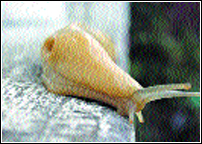
- Dragons
Dragons have been a part of mythology and legend for thousands of years. Almost every country in the world has some sort of dragon story.Stories of dragons have been handed down for generations in many civilisations.To find out the reality check this
The magic word here is ‘copper'. Where does copper enter the equation you quite rightly ask. Well its like this. Slugs and snails have copper in their blood and not iron as mammals do. Copper is conductive and non-magnetic. This means that slugs and snails will register any disturbance in the earth's magnetic field, such as where an iron gardening implement has disturbed the soil.
Copper gardening tools on the other hand do not cause any such disturbances. Slugs and snails automatically head for areas of disturbed soil but - if they don't register the disturbance they don't go there - at least this is the theory! Copper gardening tools, very expensive stuff I may add, are currently hitting overseas markets in a big way for this very reason.
Also, individual copper bands to push into the ground around favourite plants which need snail and slug protection are selling in a big way as due to the copper content of the animals' blood supplies they get an awful electric shock akin to the dentist hitting a nerve when drilling a tooth. Ouch!
So, and quite wisely too, they totally avoid contact with copper in any shape or form. Copper gardening tools and wide copper bands being financially out of the question, then, I would think, copper wire should have the same effect at a much more economical outlay, particularly if you can strip it out of old, discarded electric or telephone cable. This can then be fastened around plant pots and other containers to prevent slugs and snails from climbing up and devouring your precious plants.
The only question here, and I don't have the answer yet either, is the thickness of copper wire that is most effective as in one strand or two, three or four. Still, I do feel this method is well worth experimenting with and fingers crossed that it works.
I will certainly be giving it a try come planting time and will let you know the results, but I haven't yet worked out how to wire the entire garden. Any ideas please?

